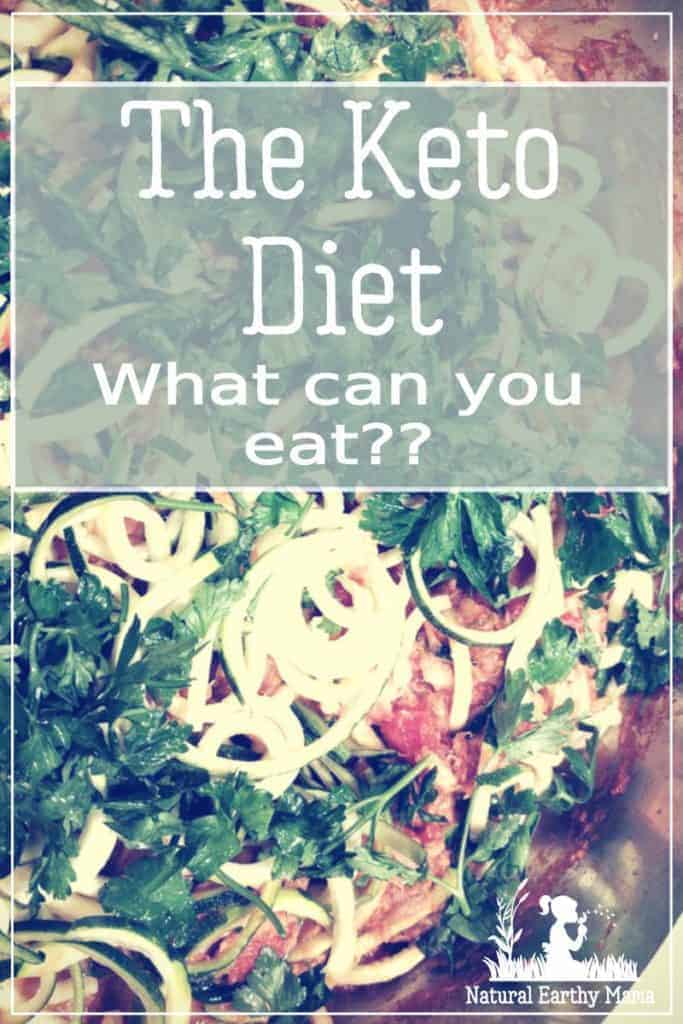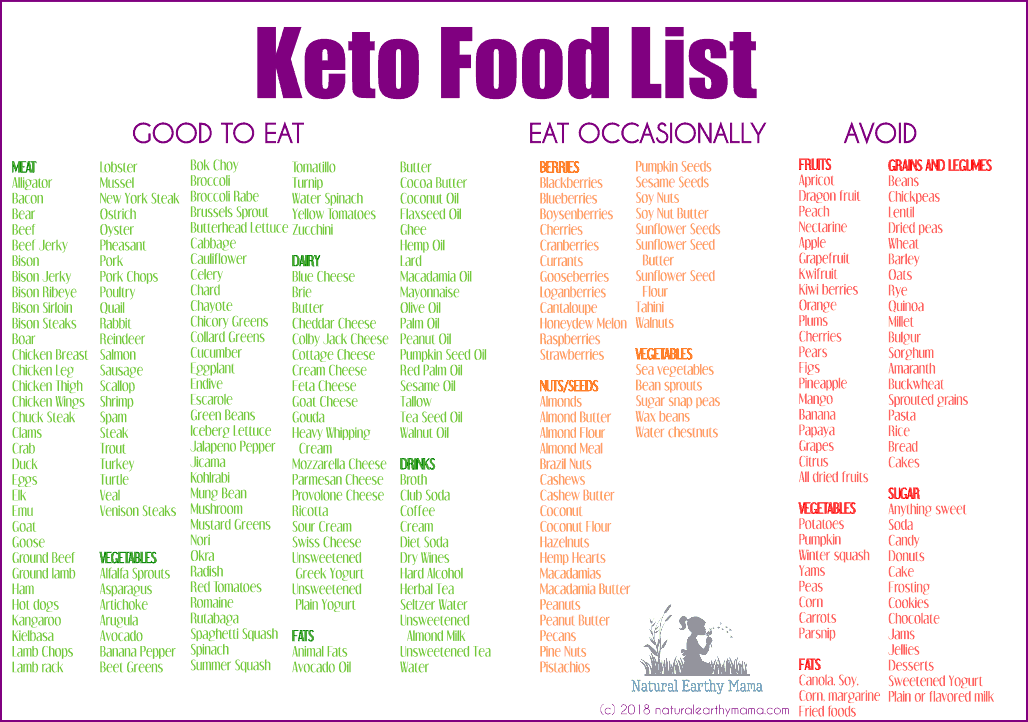 So you have made the decision to move to a ketogenic or Keto Diet?
So you have made the decision to move to a ketogenic or Keto Diet?
Good for you, any step towards a healthy lifestyle is a good move!
Please read: This information is provided for educational purposes only and is not intended to treat, diagnose or prevent any disease. We encourage you to make your own health care decisions in partnership with a qualified health care professional.
This post contains affiliate links, this means at no extra cost to you, we make a commission from sales. Please read
our Disclosure Statement
This way of eating is a fantastic way to boost your fertility. Finding a food lifestyle that works for you and supports your fertility and health goals is very important to enable you to stick to it. If you can feel healthy and are seeing results, you are more likely to stick at the lifestyle.
You have probably read about the Keto Diet and are ready to jump on in. Before you jump, you may be wondering ‘well what can I eat on the keto diet?’ and ‘what foods do I need to steer clear from?’
What Foods Can you Eat on the Keto Diet?
First Step:
First of all, let’s check your mindset. I don’t want you do jump on ‘another fad diet’, which I know you have done in the past (because so have I!) and then fall off the diet and load on more and more pounds.
I want you to succeed!
Mindfulness around eating is crucial to success. In a nutshell, check your ‘why’ and write it down. WHY are you doing this??
Hold on to your why.
Why are you doing this, Why do you care so much, why do you want to get healthy?
This why will keep you motivated. It will be the steering wheel to keep you on the right road. Write this why down and place it somewhere you will look at each day.
Repeat it in your mind until it becomes a natural thought.
Mindfulness will certainly help you reduce your sugar intake if you look at your candy and ask yourself ‘do I want this short term pleasure, or do I want to have a baby/lose weight/get healthy?’ This brings reality to your daily choices and reminds you of your true desires.
Now.. what can you eat?
First of all, I hate the restrictions that diets put on eating. I often hear people say ‘I CANT have that’ … well the truth is you can. However, if you want to get to a state of ketosis then there are some very specific things that you can and cannot eat.
You need to decide for yourself if this is a short term ‘kick start to health’ or if this is a ‘lifestyle’. By deciding this now, you will limit disappointment in yourself through having clear expectations on what you expect from yourself.
There are three categories of foods to consume to establish Ketosis – Fats, Proteins, and Carbohydrates. The ideal ratio for your intake is 75% from good fats, 20% from proteins, 5% from carbohydrates.
Good Fats vs Bad Fats
Lots of people are terrified of fat. In the 1950s-70s fat free diets became the new fashion and since then, sugar has become Queen and fat has become the dirty outcast.
Can I please clear this up with you now, some fats are extremely healthy and aide weight loss and fertility, whereas sugar has absolutely no place in weightloss or gaining fertility.
Good Fats
The easiest thing to do is to think natural = good. Mother Nature gets it right. If it is natural (as in it’s natural state) it is likely to be good for us.
Bad Fats
These are processed by man and have very negative effects on our body. Man means well, but often when Mother Natures produce is tinkered with, it adds some kind of bad element or another thing our body needs to adjust itself to.
Our poor bodies don’t know how to use these man made fats (soy, corn and canola) so it has to put them somewhere. Most of our cells structure is made up of fat. Can you see how when your body uses these fats in the cell wall, none of them are the right shape, they ruin how your cells function.
How to use Fats
OK, so now we know which fats are considered good and bad, let’s see how we can use the fats effectively.
There are four ways that I use fats daily in my diet. Fats help you stay healthy and full. Because they fill you up, you won’t feel like you need snacks.
Salads
I love salads. I love fancy salads with every kind of vegetable and topping, and I also love plain salads with very simple ingredients. One thing that I will always do is ensure that my salad has some kind of fat on it.
Some of my favorite salad fats are:
• Avocado
• Walnuts
• Almonds
• Hummus with olive oil in it
• Boiled eggs
• Cuts of meat with fat left on
• Cheeses – especially feta!
There are many, many options for adding fats to your salads. Experiment with these and work out which ones your taste buds and your digestive systems like best.
Cooking
Adding fats to your meals to keep you full is also true during cooking. Add butter to vegetables to add flavor and fat. Try adding peanuts and oils to stirfry and other Asian meals.
Drizzling meals with olive oil or adding sesame seeds sprinkled over chicken are some great options. Make meals that include cheese or eggs are another great way to simply include fats.
Smoothies
You can have a smoothie every morning with breakfast. This is a very refreshing start to the day that kicks your nutrition off first thing.
To ensure that you feel full from your smoothie, you should add an aspect of fat. You can do this through a (non-dairy) milk option by making a milk based smoothie such as homemade almond milk or coconut milk (if you are buying these then please check sugar amounts).
You can also add nuts to your smoothie if you do not wish to make a milk based smoothie. I add LSA (linseed, sunflower, and almond in powder form) which allows me to add fat to my smoothies without adding milk to it.
Snacks
Although I call these snacks, I actually eat these at the end of lunch after my salad or for morning tea. Every morning tea I usually have some cut up vegetables with a range of nuts. My favorite nuts are walnuts.
Walnuts have so many health benefits and I love the taste of them. You need to find what works for you and your body. Sometimes I will add pure sugar-free peanut butter inside celery sticks, if you haven’t tried this before I highly recommend it!
Some people love bliss balls or cheese based snacks. Try a few things and work out what
1. Satisfies your body and
2. Keeps you full.
Ok, but 75% Fats?
75% seems very high and makes you wonder how on earth you can eat 75% fat in your meals. If this is what you are thinking, adjust your idea of fat. Fat is not just oils or butter. Fats are inside foods.
Some great foods to begin adding into your keto diet are:
• Choose fatty cuts of red meat or pork or chicken legs
• Begin to love cheese – there are a huge range of cheese available
• Roast vegetables in meat fats
• Fish is a fantastic source of healthy fat
• Add nuts and butters to add flavor and fat
• Use avocado – I add 1/2 to my smoothies or in a salad
• Use cream cheese, sour cream, cottage cheese – full fat of course!
When you start changing your understanding that fat will help you. It helps you understand how much fat you currently have in your diet and how much more you will need to add to move your body into ketosis.
Protein in the Keto Diet
When I first started thinking about protein I think of red meat i.e. steak. There is so many other foods out there than include protein.
Why protein?
Your body uses protein to build and repair tissues. Your body also uses protein to make hormones and to build muscles. Protein supports immune defense, hair health (have unhealthy hair? perhaps look at your protein intake), and many other important things that allow you to be healthy.
Why is protein helpful with weight loss?
Protein allows you to feel full. If you feel full then you are less likely to eat between meals. I find that if I get hungry that is when I want to eat everything in sight. If I stay full or close to full, I make better food choices.
Also, when you are eating natural proteins, you are less likely to be eating processed foods which of course we know processed foods usually encourage weight gain!
What are good Sources of Protein?
• Red and white meat as well as fish
• Beans
• Nuts
• Seeds
• Dairy
• Eggs
As you can see, all very natural items – nature = weight loss!
Keto Diet and Carbohydrates
At this point you may be wondering why carbohydrates are at such a low percentage of what you should be eating during ketosis.
Your body uses carbohydrates for a range of reasons, but mainly to make glucose. Glucose is essentially sugar used as energy.
When you feed your body too many carbohydrates, your body makes excess energy which it stores for later – which sounds great. Although, how your body stores it is actually in fat. If you have excess fat on your body, this is because your body has made too much glucose and is storing it for you just in case you come into a famine.
Your body does not understand that a famine is very unlikely. It is up to us to regulate what we are putting into our body because our body cannot adjust the storage of fat, it does this automatically.
The key is to reduce carbohydrates as much as possible without denying your body from the glucose that it needs to function. It is a careful balance, similar to a see-saw.
Cutting out Sugar
Another part of Ketosis is the reducing or cutting out of sugar. This is less talked about, but actually sugar has no role in ketosis. Your body does not need added sugar to survive. It has glucose from the carbs that you will consume, so cutting out sugar is a clear and obvious choice.
Find out more about the Keto Diet and Ketosis to fully understand how this lifestyle can support your fertility. By adjusting what you eat and do not eat you can bring your body into ketosis to support weightloss and balance your health to encourage your natural fertility.



Why are fried foods on your do not eat list? They seem to be high in fat?
Good question! They are full of fat, but MOST commercially fried foods are done in industrial oils – corn, canola or soy. We try to avoid those oils.